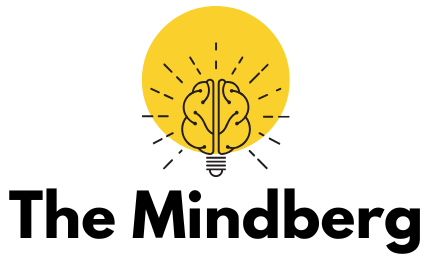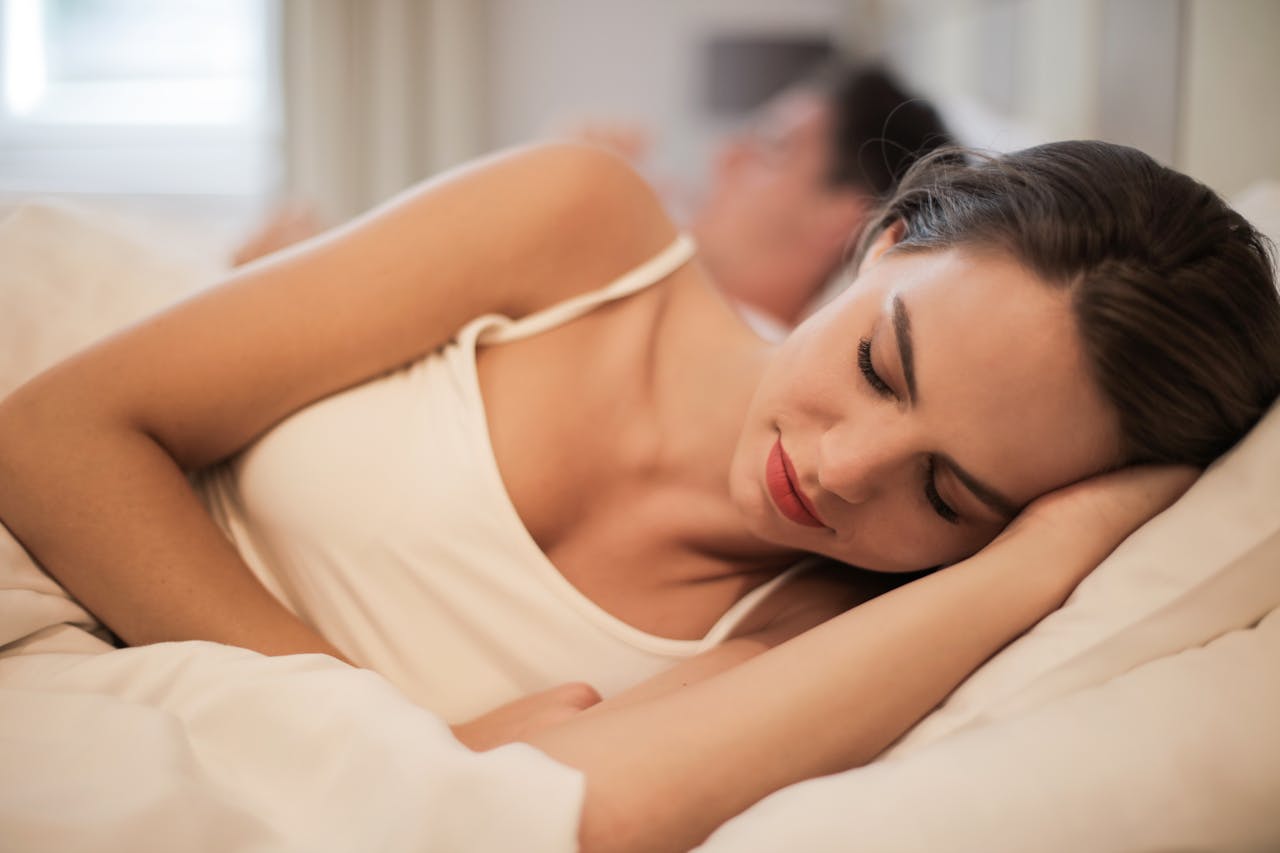Hypnopompic hallucinations refer to vivid and often disturbing sensory experiences that occur when a person is transitioning from sleep to wakefulness. These hallucinations can involve seeing, hearing, or feeling things that aren’t actually present, and they are typically accompanied by a sense of confusion or fear. Although they may seem disorienting, hypnopompic hallucinations are relatively common and are often experienced by individuals with certain sleep disorders, such as narcolepsy. Understanding the causes, symptoms, and treatment options for hypnopompic hallucinations is crucial for those affected by this condition.
Unlike other types of hallucinations, hypnopompic ones are directly tied to the sleep-wake transition. They usually happen during the period when the brain is shifting from a deep sleep state to full wakefulness. While many people might occasionally experience fleeting dreams or images as they wake up, hypnopompic hallucinations are more vivid and can be distressing enough to interfere with daily life.
In this article, we will explore what hypnopompic hallucinations are, their potential causes, how they can be diagnosed, and the available treatments. By understanding this condition more thoroughly, individuals who experience hypnopompic hallucinations can better manage their symptoms and improve their sleep quality.
What Are Hypnopompic Hallucinations?
Hypnopompic hallucinations are a type of parasomnia, which refers to abnormal behaviors that occur during sleep transitions. These hallucinations typically happen during the hypnopompic state—the period when a person is waking up from REM (rapid eye movement) sleep. During this phase, the brain is transitioning from the vivid dreams of REM sleep to the full consciousness of wakefulness.
These hallucinations can involve any of the senses, but they most commonly affect sight and sound. People may see figures, shapes, or objects that aren’t there, hear voices or sounds, or even feel sensations such as a weight on their chest or a presence in the room. Despite their intensity, hypnopompic hallucinations are usually short-lived and fade as the person becomes more awake and oriented to their environment.
It is important to note that hypnopompic hallucinations differ from sleep paralysis, though they can occur together. Sleep paralysis involves the inability to move or speak while waking up, often accompanied by feelings of pressure or fear. In contrast, hypnopompic hallucinations are sensory experiences rather than motor dysfunctions.
Causes of Hypnopompic Hallucinations
Hypnopompic hallucinations can be caused by a variety of factors, both psychological and physiological. One of the most common triggers is narcolepsy, a sleep disorder characterized by excessive daytime sleepiness and sudden sleep attacks. Individuals with narcolepsy often experience disruptions in REM sleep, making them more susceptible to hypnopompic hallucinations.
Other factors that contribute to hypnopompic hallucinations include sleep deprivation, irregular sleep patterns, and high levels of stress. When the body is sleep-deprived, the brain may experience more intense and vivid dreams, increasing the likelihood of hallucinations. Additionally, disruptions in the circadian rhythm, such as those caused by shift work or jet lag, can exacerbate sleep disturbances and lead to these types of hallucinations.
Mental health conditions such as anxiety, depression, and post-traumatic stress disorder (PTSD) have also been linked to hypnopompic hallucinations. These conditions can cause heightened emotional responses, which may manifest as vivid, disturbing hallucinations when transitioning from sleep to wakefulness.
Symptoms of Hypnopompic Hallucinations
The primary symptom of hypnopompic hallucinations is the vivid and often unsettling sensory experience that occurs during the waking process. These hallucinations can involve seeing people, animals, or objects that are not present in the room. In some cases, individuals may hear sounds or voices, while others may experience feelings of being touched or even physically restrained.
Though hypnopompic hallucinations can vary in severity, they typically occur in the few moments when a person is waking up from REM sleep. During these moments, the brain has not fully transitioned to a waking state, leading to a mixture of dream-like imagery and real-world awareness. This blending of reality and dream content can make the hallucinations particularly disorienting and difficult to distinguish from reality.
In some instances, individuals may also experience sleep paralysis alongside their hallucinations. This phenomenon, characterized by an inability to move or speak upon waking, can intensify the fear and confusion associated with hypnopompic hallucinations.
Diagnosing Hypnopompic Hallucinations
Diagnosing hypnopompic hallucinations typically involves a thorough medical history and evaluation of sleep patterns. A healthcare provider may ask about the frequency and nature of the hallucinations, as well as any associated symptoms, such as sleep paralysis or excessive daytime sleepiness.
In some cases, a sleep study (polysomnography) may be recommended to monitor the individual’s sleep stages and identify any underlying sleep disorders, such as narcolepsy. This study tracks brain waves, eye movement, and muscle activity during sleep, helping to identify any disruptions in the sleep cycle that could be contributing to hallucinations.
A diagnosis may also involve ruling out other potential causes, such as substance abuse, mental health disorders, or neurological conditions. Hypnopompic hallucinations are sometimes linked to conditions like schizophrenia, though this is less common and typically involves a broader range of symptoms beyond sleep-related experiences.
Treatment Options for Hypnopompic Hallucinations
The treatment for hypnopompic hallucinations largely depends on their underlying cause. For individuals with narcolepsy, medication is often used to regulate sleep patterns and reduce the frequency of both hallucinations and excessive daytime sleepiness. Stimulants, such as modafinil or amphetamines, may be prescribed to promote wakefulness during the day, while certain antidepressants can help manage REM sleep and decrease hallucinations at night.
For those whose hallucinations are related to sleep deprivation or stress, improving sleep hygiene is an essential part of treatment. This can involve establishing a regular sleep schedule, reducing caffeine intake, and creating a relaxing pre-sleep routine. Cognitive behavioral therapy (CBT) may also be beneficial for managing stress and anxiety that may contribute to vivid dreams and hallucinations.
In some cases, lifestyle changes such as regular physical activity and reduced screen time before bed can help regulate the sleep cycle and prevent hypnopompic hallucinations. For individuals with mental health conditions like PTSD or anxiety, therapy and medication may be needed to address the root cause of their symptoms.

